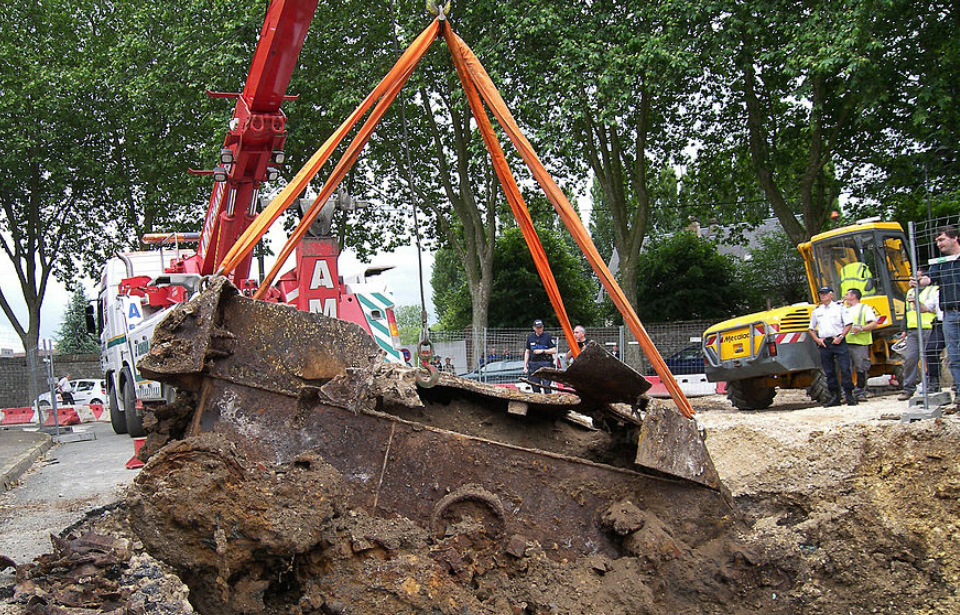During World War II, massive military forces were deployed by both the Allied and Axis powers, resulting in fierce battles that left behind a wealth of equipment and debris. While smaller items like hand grenades and landmines are commonly discovered, larger and more historically significant remnants from the war continue to surface from time to time. These discoveries not only offer a glimpse into the past but also serve as poignant reminders of the scale and intensity of the conflict.
Chartres is no stranger to war
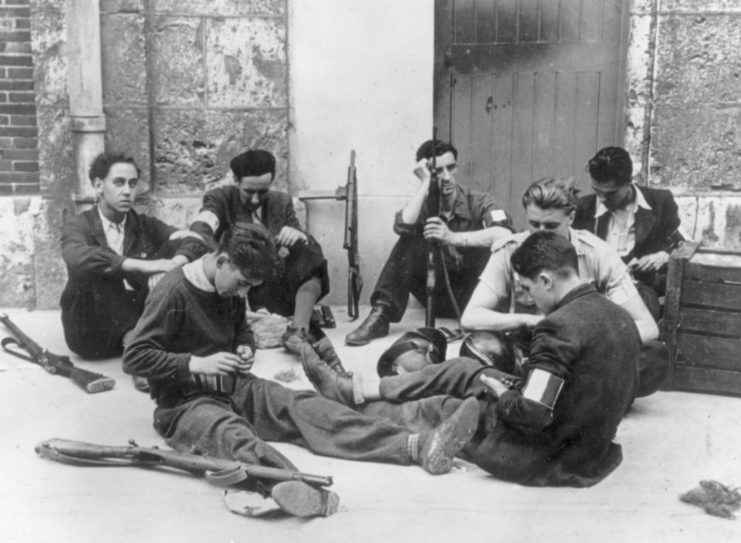
Chartres is no stranger to conflict, having experienced it for decades, and this was no different during World War II. It was one of many European cities to suffer heavy bombings during the early years of the conflict, and it was also the site of intense fighting in August 1944, just over two months after the D-Day landings at Normandy.
Saving the Chartres cathedral
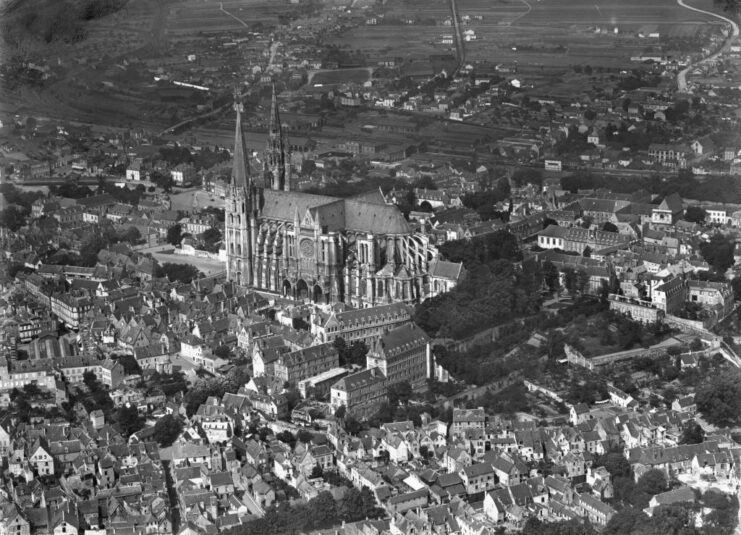
The Americans led the charge into the city, assigned to drive out the Germans and demolish the grand cathedral, which authorities feared could be used as a lookout. On August 16, Col. Welborn Barton Griffith, Jr., a liaison officer with the XX Corps, questioned if this was necessary and suggested a reconnaissance mission behind enemy lines to verify if the church’s bell tower was indeed occupied by enemy forces. When it was confirmed that the bell tower was unoccupied, the order to destroy the cathedral was canceled.
Fighting to liberate Chartres
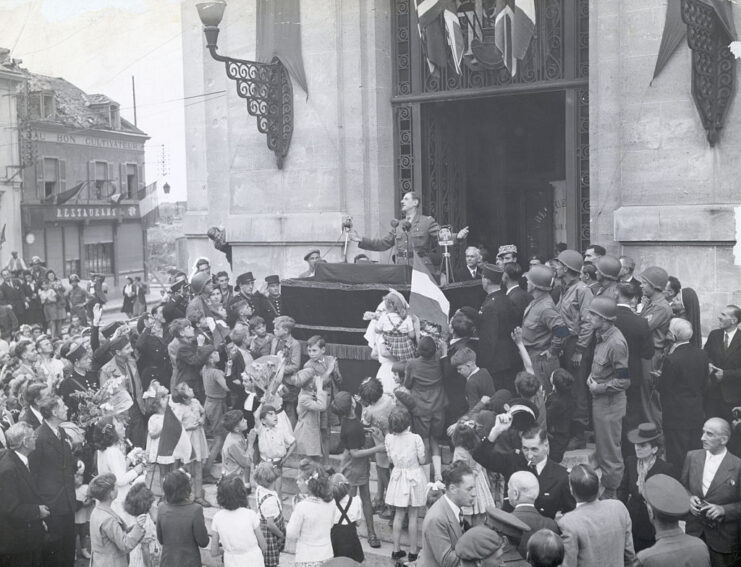
While German forces didn’t occupy the Chartres Cathedral itself, they controlled the surrounding areas of the town. As the 3rd Cavalry Group and the 1139 Engineer Combat Group conducted reconnaissance missions, intense fighting ensued. The Americans were bolstered by support from the Free French and French Resistance fighters.
On August 18, soldiers from the 5th Infantry and 7th Armored Divisions, under the command of Gen. George Patton’s U.S. Third Army, successfully liberated Chartres. This crucial victory was one of several key engagements that ultimately contributed to the liberation of Paris.
Workers thought they were conducting normal road maintenance…
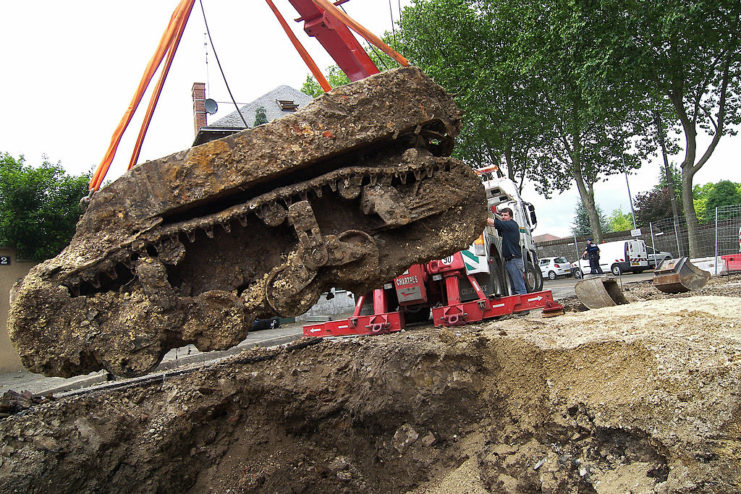
In 2008, a group of road workers performing routine maintenance near Chartres made an unexpected discovery. During excavation close to the famed cathedral, they accidentally unearthed what appeared to be a sizable machine located right in the area where they were working.
An amazing discovery beneath the streets of Chartres
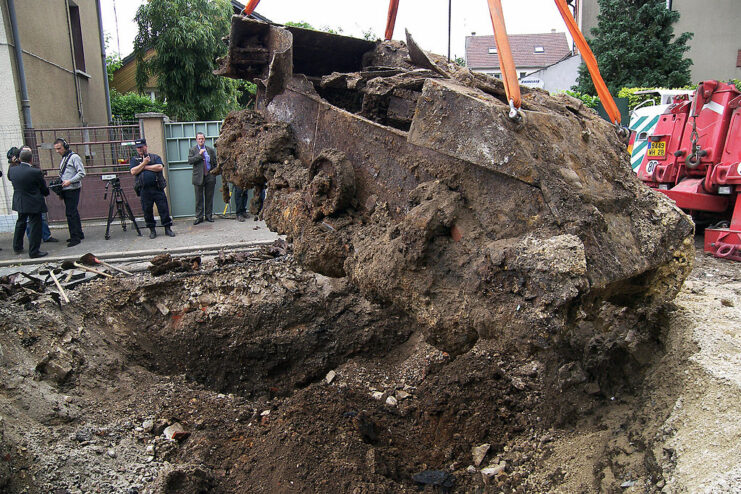
The workers were confused by the unusual object and attempted to load it onto their truck, but it was too heavy to move. To help, they used a mechanical digger to lift the large metal artifact out of the ground. Even after successfully removing it, they still needed experts to identify exactly what it was.
After further investigation, they learned that the object was linked to the liberation of Chartres during World War II.
A long-lost M5 Stuart
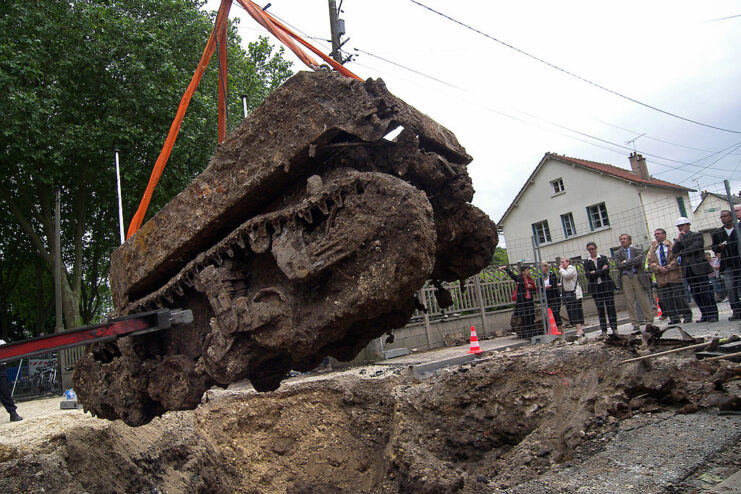
According to experts, the unidentified vehicle was identified as an American tank that played a role in the liberation of France in 1944. Remarkably, they were able to locate witnesses who remembered seeing the vehicle during the liberation efforts, operated by US troops.
Serving with the 31st Tank Battalion
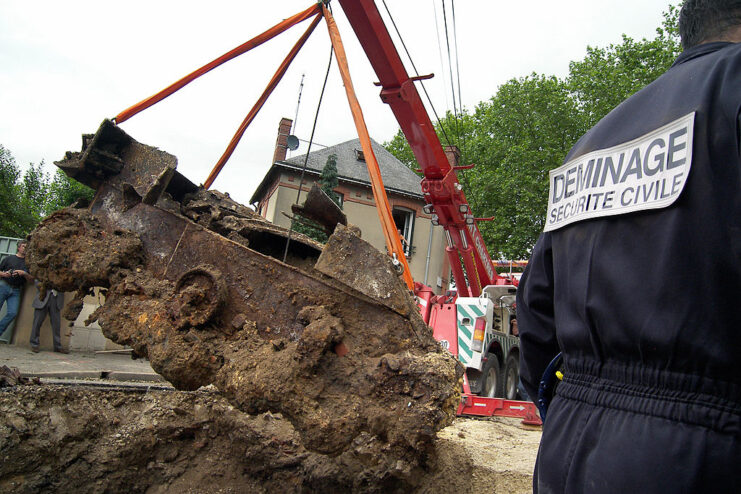
The M5 Stuart light tank, as they identified it, had served with Maj. Leslie Lohse of the 31st Tank Battalion, 7th Armored Division, who’d helped with the liberation of Chartres. The tank was the first to enter the city during the Allied liberation efforts, but it was abandoned while on a reconnaissance mission, with witnesses stating it had either slipped off of its tracks or ran out of fuel.
When World War II was over, the M5 was pushed into a bomb crater and buried, as a means of clearing the road. For the next eight decades, it remained beneath the ground, with few aware of its existence.
The M5 Stuart was a variant of the M3
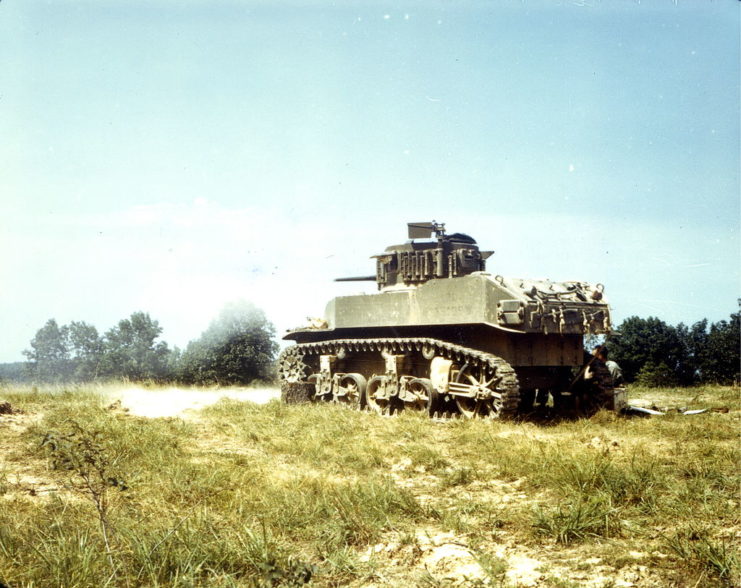
The M5 Stuart was developed by the Americans in 1942 as an improved version of the M3. As a result of the increased demand for radial aero-engines, which were in short supply, the US military wanted to develop a tank that could operate with another engine. One designed by Cadillac, the V8, was chosen to power the new armored vehicle, which also featured a redesigned hull.
By the end of the Second World War, 2,074 M5s had been produced. While a good tank, it was rather small, compared to others.
No match for larger enemy tanks
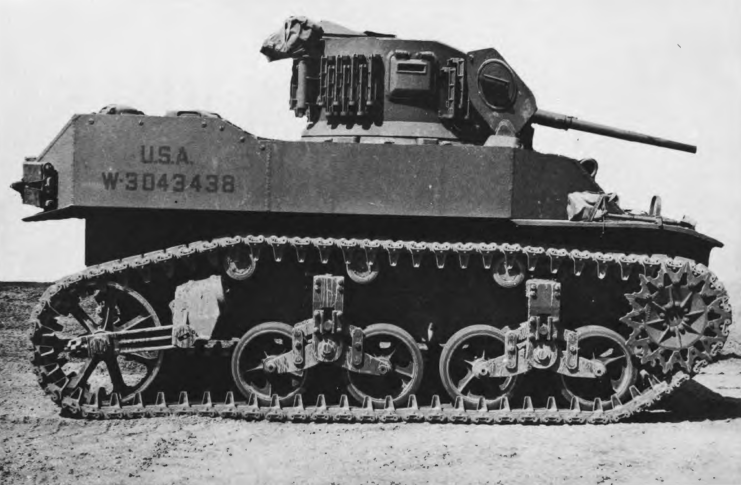
More from us: K2 Black Panther: One of the World’s Most Expensive Tanks
It’s not unusual that the discovery made in Chartres was an M5, given it was readily used by the Americans during their push into France. However, it was a poor match for enemy vehicles, as it was only equipped with a 37 mm cannon, compared to the 88 mm ones many German tanks were equipped with.
